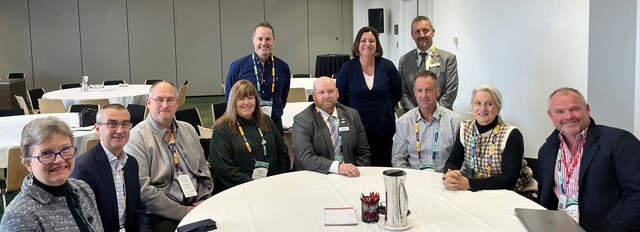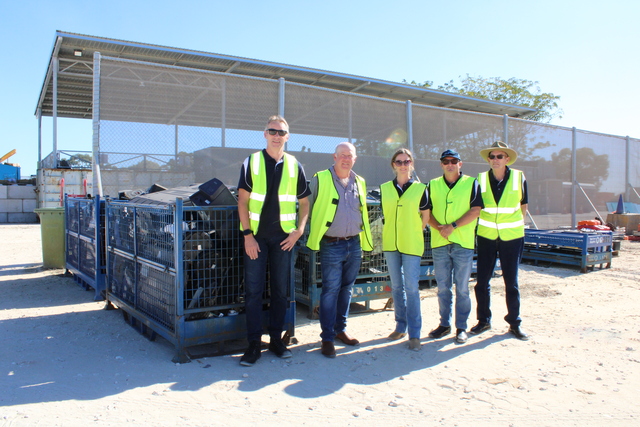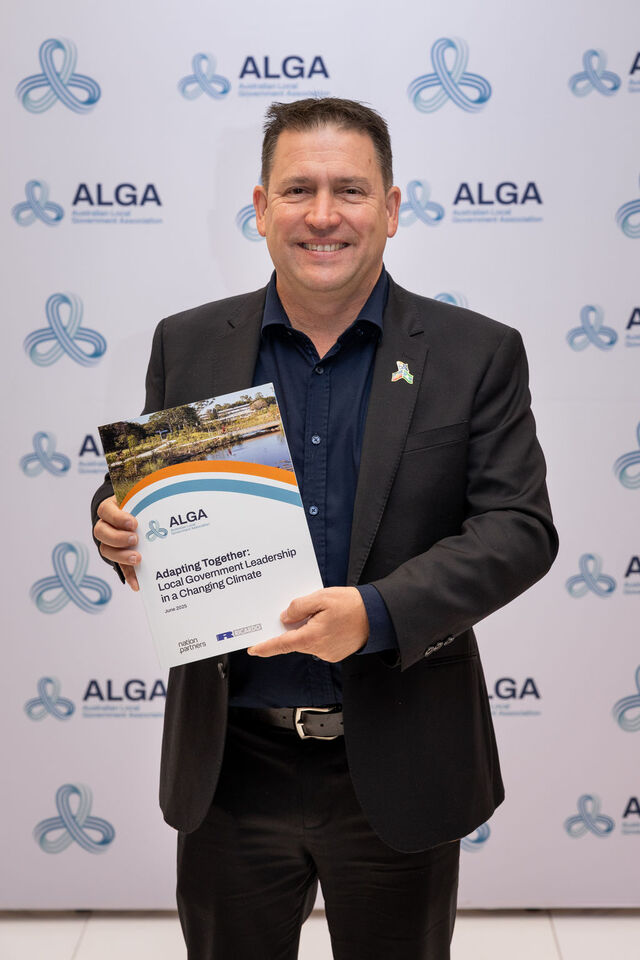The amalgamation of the former Cairns City and Mulgrave Shire in 1995 resulted in the new City of Cairns becoming one of Queensland’s top 10 Local Government areas. With a population of 130,000 people, an area of 1,800 square kilometres and annual budget of $170 million, a number of changes were necessary and are continuing to evolve.
After the initial transition to a larger entity, during 1998 Council undertook an organisational review. This saw the previous six Divisions reduced to three, each now headed by a General Manager.
The three General Managers report directly to the Chief Executive Officer and together this team is responsible for the day to day operations of Council.
“A smaller team running the organisation, plus the move to one location has greatly assisted communication and working to achieve our corporate goals,” said Chief Executive, Terry Moore. “The amalgamation provided the opportunity to look at ways and means to develop the new organisation and set the scene for the future.”
The fact that the Shire had water meters while the old City area did not, enabled Council to review water charges leading to the introduction of a system of user pays. Under the requirements of National Competition Policy some sort of charge for consumption is required. Both on economic and environmental grounds, a user pays system makes good sense.
“Water is a valuable resource that needs to be conserved,” he said. “Moreover, simply achieving a 10 percent reduction in water usage would achieve a $24 million savings over the life of Cairns’ current infrastructure.”
An extensive community education program has assisted residents to understand why user pays is a must for this vital resource. Another issue was the huge differential in how the two former Councils charged general rates, water, sewerage and garbage charges.
To help resolve these anomalies, a number of Rate Summits were held. Here residents and ratepayers could raise any problems they had with the current systems and provide ideas for a new common system. This input was invaluable and helped ensure community understanding of the fact that inevitably some people would have their rates increased while others would decrease.
“As a new larger entity, community consultation is a key element of our decision making,” Terry Moore said.







